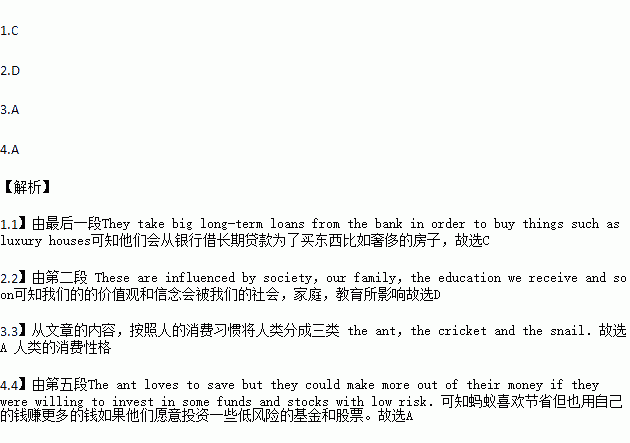"Understanding the Differences Between Cat 6 A and Cat 6 B: Which One Should You Choose?"
#### IntroductionWhen it comes to networking cables, two of the most commonly discussed types are Cat 6 A and Cat 6 B. Both are part of the Category 6 famil……
#### Introduction
When it comes to networking cables, two of the most commonly discussed types are Cat 6 A and Cat 6 B. Both are part of the Category 6 family of cables, designed to support high-speed data transmission, but they have distinct characteristics and applications. In this article, we will dive into the details of Cat 6 A and Cat 6 B, exploring their specifications, performance, and ideal use cases.
#### What is Cat 6 A?
Cat 6 A, or Category 6 Augmented, is an enhanced version of the Cat 6 standard. It supports data rates of up to 10 Gbps over a distance of 100 meters and operates at a frequency of 500 MHz. The "A" in Cat 6 A signifies its ability to handle higher frequencies and its improved performance in terms of crosstalk and signal interference. This makes Cat 6 A an excellent choice for environments that demand high bandwidth, such as data centers, enterprise networks, and video streaming applications.
#### What is Cat 6 B?
On the other hand, Cat 6 B is a more traditional version of the Cat 6 standard. It also supports data rates of up to 10 Gbps but only over a distance of 55 meters. Cat 6 B operates at a frequency of 250 MHz, which is lower than that of Cat 6 A. While Cat 6 B is suitable for many residential and small business applications, it may not provide the same level of performance in high-demand scenarios as Cat 6 A.

#### Key Differences Between Cat 6 A and Cat 6 B
The primary differences between Cat 6 A and Cat 6 B lie in their performance specifications and intended applications.
1. **Data Rate and Distance**:
- Cat 6 A supports 10 Gbps over 100 meters, while Cat 6 B supports the same speed only up to 55 meters.
2. **Frequency**:

- Cat 6 A operates at a higher frequency of 500 MHz, which allows for better performance in terms of data transmission and reduced interference.
3. **Crosstalk and Interference**:
- Cat 6 A is designed to minimize crosstalk and electromagnetic interference, making it more suitable for environments with multiple cables running in close proximity.
#### When to Use Cat 6 A or Cat 6 B
Choosing between Cat 6 A and Cat 6 B ultimately depends on your specific networking needs. If you are setting up a network in a data center or a large office building where high-speed data transfer is critical, Cat 6 A is the better option due to its superior performance over longer distances.

Conversely, if you are establishing a home network or a small business setup where the distance between devices is limited, Cat 6 B may suffice, providing a cost-effective solution without the need for the higher specifications of Cat 6 A.
#### Conclusion
In summary, both Cat 6 A and Cat 6 B have their unique advantages and are suited for different networking scenarios. Understanding the differences between these two types of cabling can help you make an informed decision based on your specific requirements. Whether you choose Cat 6 A or Cat 6 B, investing in quality cabling is essential for ensuring a reliable and high-performance network.